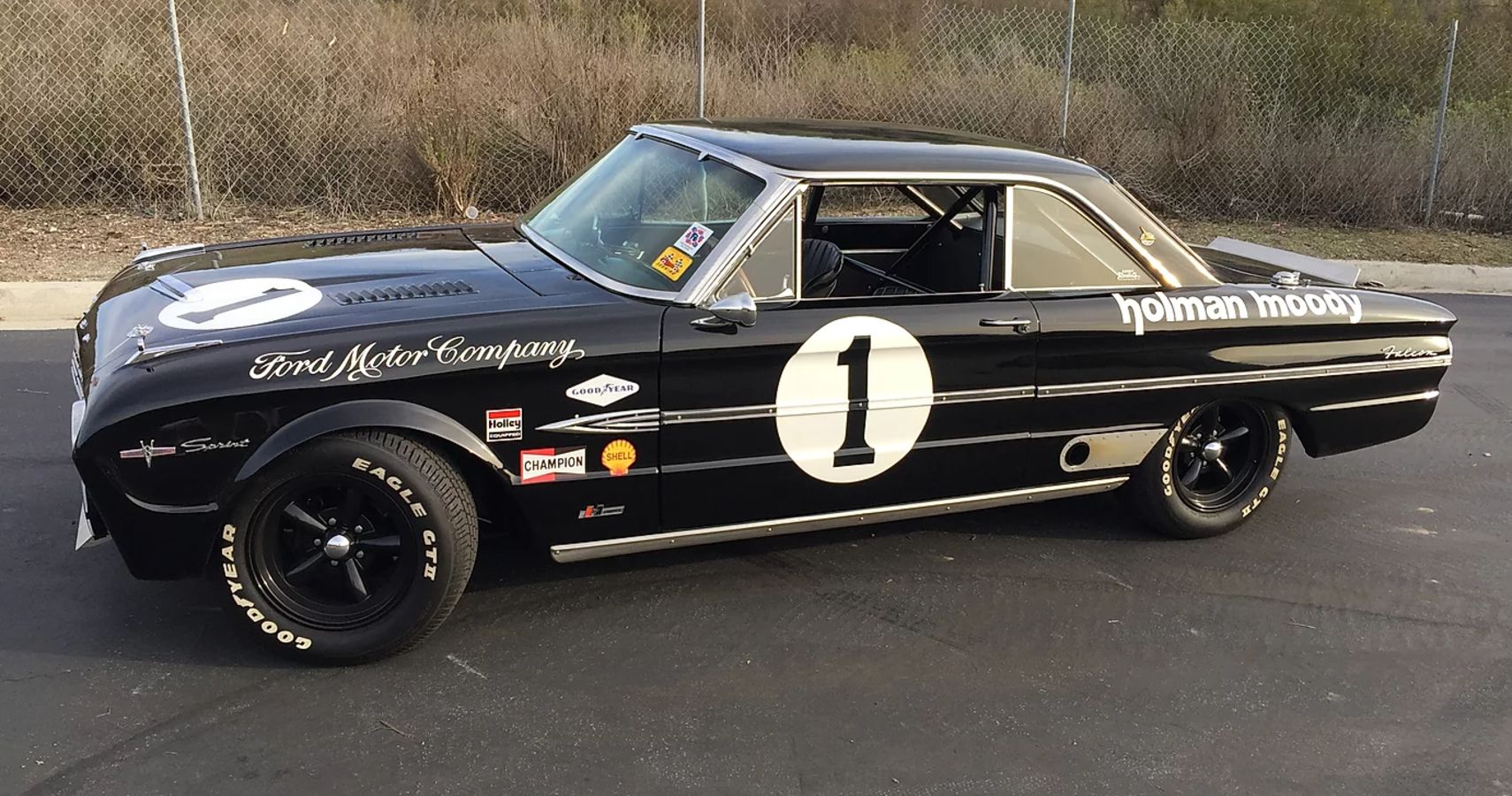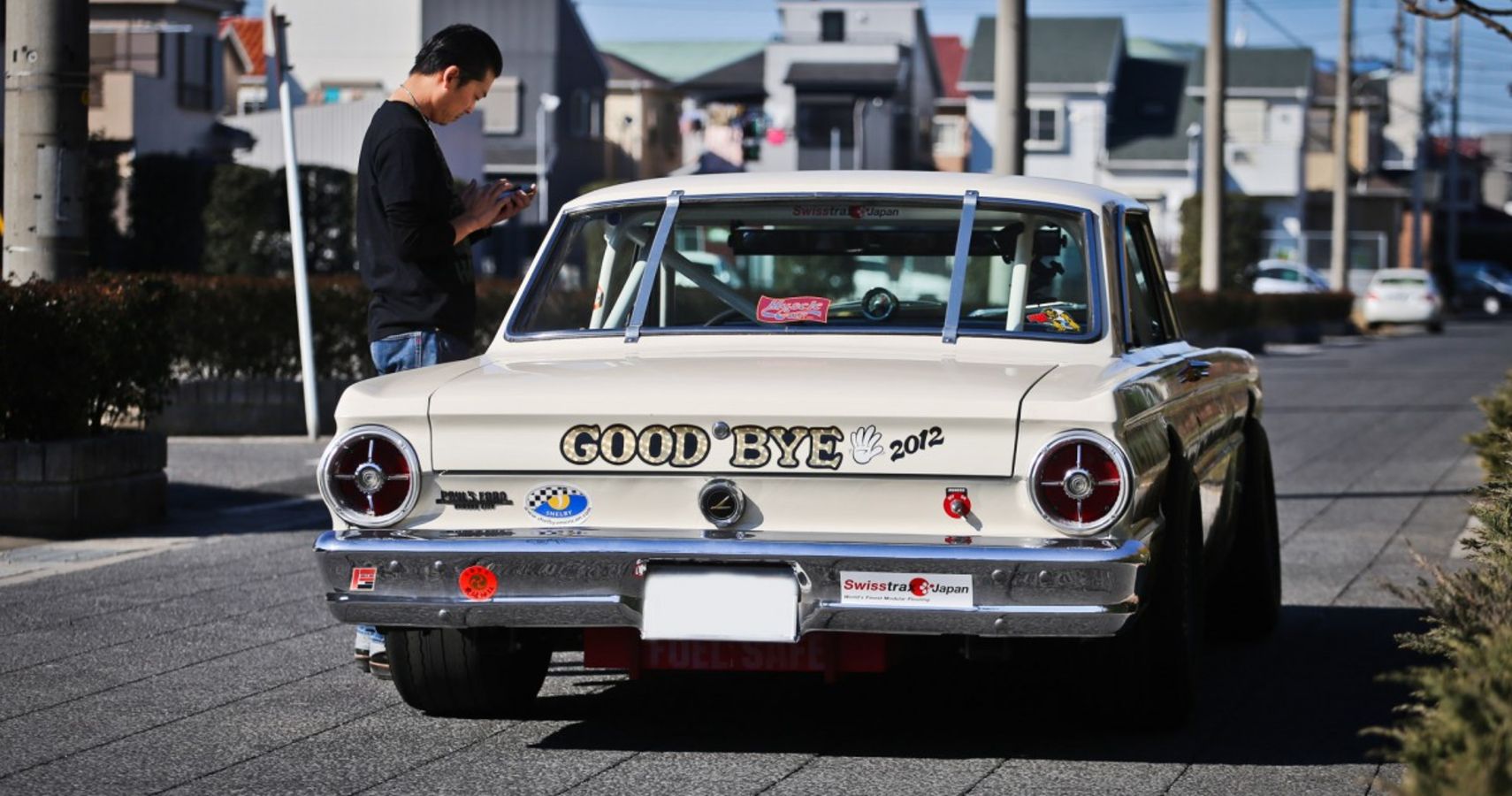The 1960's era Ford Falcon produced for the American market ran from the 1960 to 1970 model years. It was a bare bones, simple front engine, rear wheel drive compact passenger car that witnessed three generations and a number of different configurations. It was quite popular as a sedate grocery hauler and also proved to be a vicious lightweight performer on the racetrack when stuffed with a hopped up small block V8 - the same engine that gave Ford victory at Le Mans!
And while the American version didn't last long, it cut quite an impressive path being exported around the world where the Australian version was just recently retired. It was originally the brainchild of Edsel Ford, son of Ford Motor Company founder Henry Ford, who sought to expand the market downstream where he saw a gap in inexpensive car offerings.
He immediately was proved right and the car achieved legendary status in the muscle car world. Early examples, ex-racers, and restomods are particularly prized and popular on the aftermarket. Let's take a look at the trailblazing Ford Falcon and see what made it the blueprint for what a lightweight muscle car should be.
The 1960's Era Ford Falcon
The first generation Falcon was produced from 1960 to 1963. It was the lightest and most underpowered of the three generations but contained the basic DNA of the cars to come. On the bottom rung of the performance ladder it came with a 95 hp 2.4 liter straight-6 with a three speed column shifted manual transmission - three on the tree! The weight was only about 2,400 lbs but it depended on the variant with the 2 door coupe the lightest and the 4 door station wagon the heaviest of the lot. It was kept simple for affordability with coil springs up front, leafs out back, and drum brakes all around.
The second generation ran for just two years for 1964 and 1965 with evolved and blending styling. The unibody design also served as the basis for the Ford Mustang. It added a little weight too but thankfully also received a bump up in power with a 260 Windsor V8 offered and more aggressive suspension upgrades. With the success of the Mustang, however, and possibility of the Falcon cannibalizing sales from its new star, the Falcon went in a different direction in its next iteration.
From The Mild To The Wild
For the third generation Falcon, Ford took the car in a new direction with greater heft, less nimble handling and more generous proportions. Clearly, distinguishing it from the Mustang was a priority. Now the Falcon was based on a reconfigured Fairlane platform and more premium options were added to the car. Chrome accents were more plentiful, a more upscale interior was added, and the number of models was reduced.
The car, however, continued to be popular on the racing circuit where it proved a capable performer in both straight line speed at NHRA events and in road racing in SCCA events. The above video shows a new build, 60's specced 1964 Ford Falcon as it might have appeared in road racing events. This particular model was produced by Ford's outside race arm, Holman-Moody. With a hopped up 289 4 barrel, T-10 4 speed manual transmission, and low 2,200 lb. curb weight she went toe to toe with Mustangs, Camaros, Cougars, and AMXs.
Always Ready For Action
If you're a fan of vintage racing events there's even a possibility you'll see one turn up from time to time. The above clip is from the 2009 Wine Country Classic Trans Am Race at Infineon Raceway in California. The onboard camera follows a race prepped 1963 Falcon Sprint as it rampages around the track. The solid cam, 13:1 compression 289 just sings under full throttle! Turn it up and give it a watch. Go Falcon! Buckle up.
Sources: Hemmings, Hot Rod, How Stuff Works


